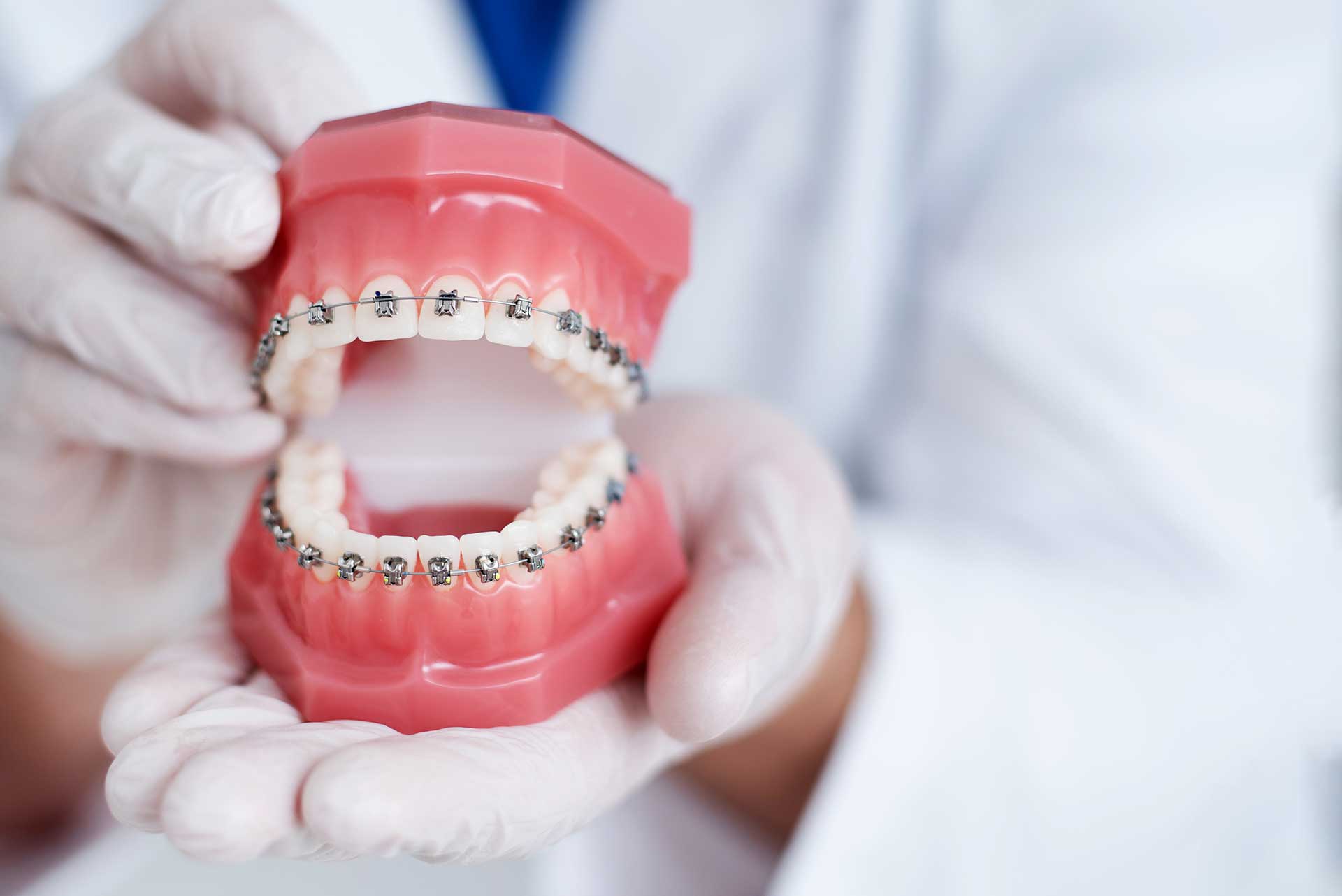Why is Early Intervention Important in Orthodontic Problems?

Why is Early Intervention Important in Orthodontic Problems?
- 6 June 2023
- 2203 views
Early intervention for orthodontic problems involves identifying and treating existing issues in children's teeth and jaw structures.
This content is for informational purposes only and does not replace medical advice, diagnosis, or treatment. Please consult a healthcare professional for any health concerns.
Table of Contents
Orthodontic treatment is a method used to correct the structure of teeth and jaws. Early intervention for orthodontic problems involves identifying and treating issues with children's teeth and jaw development. This treatment method helps address dental and jaw problems before they progress.
What is Early Intervention?
Early intervention refers to identifying and treating problems with children's teeth and jaw development during their growth process. Since children's teeth and jaw structures are not fully developed, early intervention treatment can be applied more easily and effectively.
This treatment method helps prevent children from experiencing more severe dental and jaw problems in later years, enabling them to achieve a straighter dental and jaw structure.
What are Orthodontic Problems?
Orthodontic problems arise when teeth and jaw structures do not develop properly. These problems can lead to issues with bite alignment, crooked or crowded teeth, speech difficulties, chewing problems and jaw pain.
Orthodontic problems can worsen as individuals age. If left untreated, they can significantly impact a child's daily life. Therefore, early intervention is crucial for maintaining a child's quality of life and oral health.
What are Some Orthodontic Problems?
Orthodontic problems include:
- Crooked, crowded or misaligned teeth
- Discrepancies in jaw structures (e.g., protruding or recessed lower jaw)
- Excessive or insufficient teeth eruption
- Bite problems resulting from misaligned jaws (e.g., overbite, underbite, crossbite or misaligned teeth)
- Poor dental and jaw development
- Tongue and gum problems
- Symmetry issues in facial structure
These orthodontic problems can cause significant concerns both aesthetically and functionally, impacting chewing function and overall oral health. Therefore, regular dental check-ups and early diagnosis of orthodontic problems are important.
What is the Importance of Early Intervention?
Early intervention helps identify and address problems with children's teeth and jaw development during their growth process. This allows for the resolution of dental and jaw issues before they progress and prevent the development of more serious problems. Early intervention treatment can be completed in a shorter timeframe and is less invasive. It also helps children achieve a straighter dental and jaw structure, positively impacting their daily lives.
Another important advantage of early intervention for orthodontic problems is its affordability. Delaying treatment until later years can prolong the duration of treatment and require more extensive procedures, resulting in higher costs. Early intervention requires fewer financial resources and prevents children from encountering more serious problems, thus avoiding the need for greater expenses in the future. Additionally, early intervention treatment enhances children's self-confidence. Crooked or crowded teeth and jaw structure can negatively affect a child's self-esteem. Early intervention enables the attainment of a more aligned dental and jaw structure, boosting self-confidence and promoting a happier life.
Early intervention treatment is also crucial for children's dental health. Crooked or crowded teeth can make it challenging to maintain oral hygiene, potentially leading to problems such as tooth decay. A straighter dental and jaw structure facilitates easier cleaning, contributing to the preservation of dental health.
How is Early Intervention Treatment Conducted?
Early intervention treatment can vary depending on the dental and jaw problems experienced by children. In some cases, a few simple steps may suffice, while in other cases, more extensive treatment may be necessary.
During early intervention, the development process of the teeth and jaw structure is monitored and appropriate treatment is applied when problems are identified.







